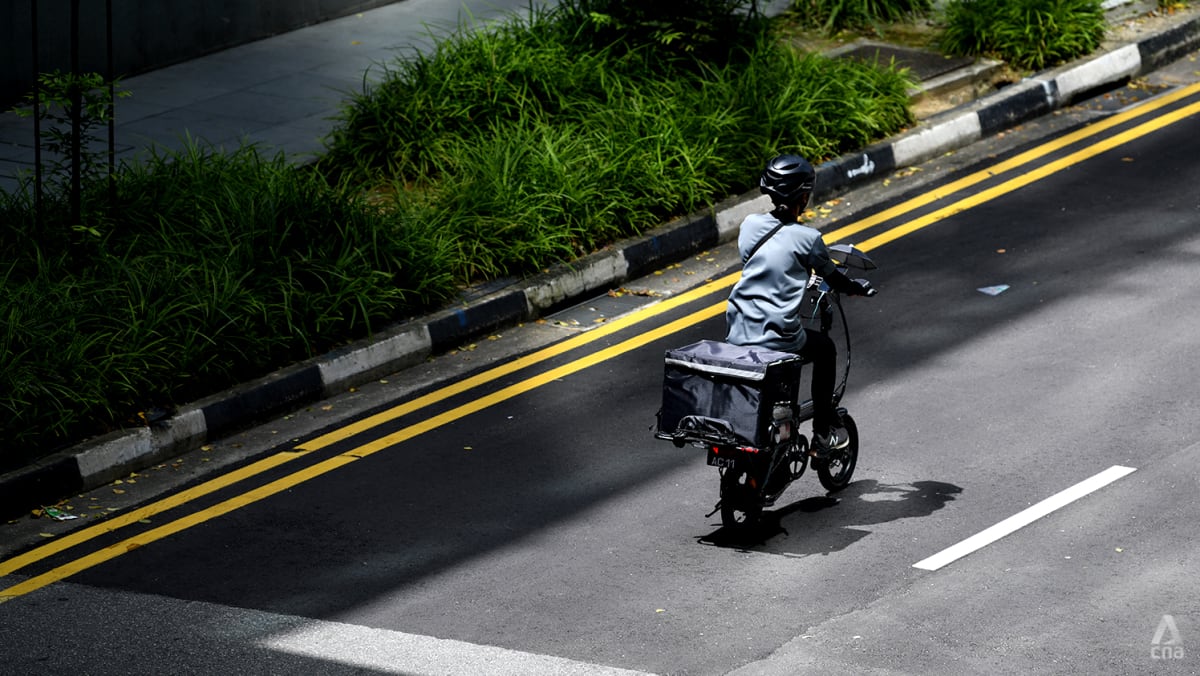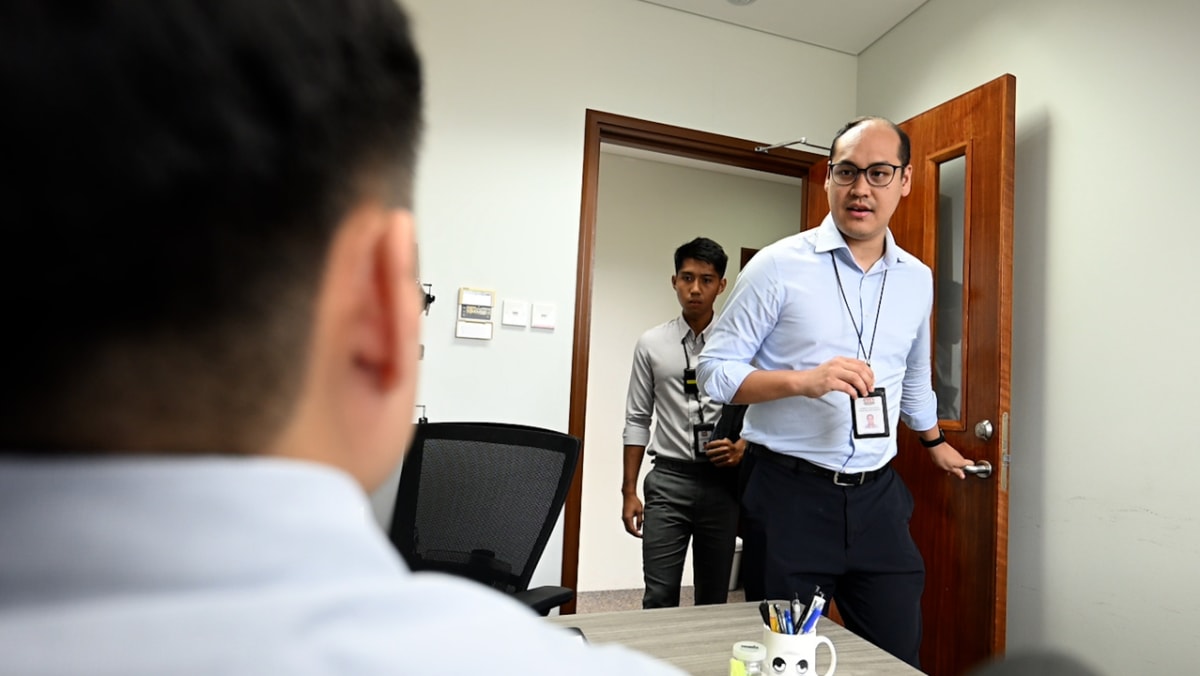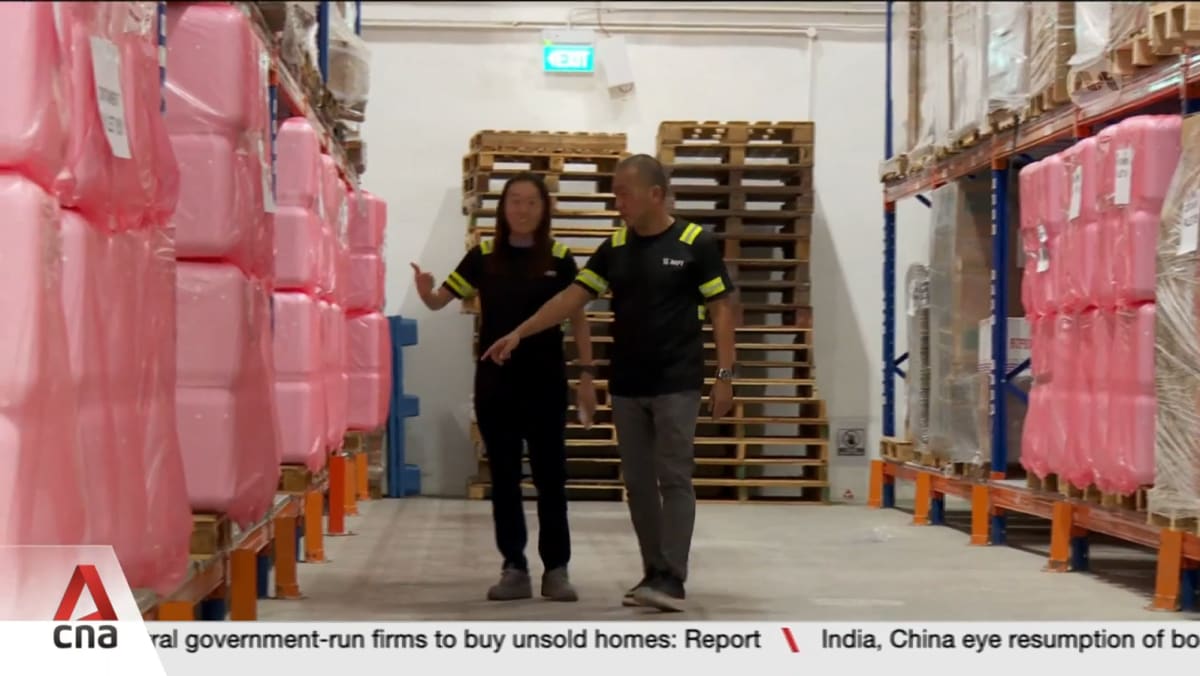WHAT PLATFORM WORKERS SAY
For those who opt in to make higher CPF contributions, platform operators will have to make CPF contributions to the worker at a rate of 3.5 per cent of his net earnings in 2025.
The rate that platform operators contribute will rise gradually until it reaches up to 17 per cent by 2029, which is the same level that regular employees can currently receive from their employers.
At the same time, platform workers who opt in also make their own CPF contributions, which will rise to up to 20 per cent by 2029.
Over the years, CNA reported that platform workers were worried about the lower take-home earnings if they had to contribute to their CPF.
These concerns have not changed among those CNA spoke to over the past week, who are born before 1995 but are still relatively young.
Those who did not opt in said they wanted to maximise their take-home earnings, or felt that the amount they could gain was negligible.
One of them was Mr Zulkifli Othman, 42, who started working as a Foodpanda delivery rider in 2019. Before that, he was a private-hire driver and taxi driver.
“I need more cash to offset the day-to-day living costs,” said the father of four, who earned S$300 to S$350 a week as a full-time delivery rider.
As a platform worker with unstable income, retirement savings were secondary to meeting his family’s daily needs.
In July, Mr Zulkifli switched from delivery work to a job in a factory as he wanted more stability to look after his children aged four to 12, for whom he is the main caregiver.
Then, there is Mr John Lau, 40, who does private-hire driving for various platforms four nights a week, after his full-time job as a safety officer. He, too, did not opt in because of the impact on his daily earnings.
He makes about 120 trips a month, earning S$2,000 to S$2,500 before deductions. He uses the earnings to pay for his car installments, road tax, insurance and parking, with some cash to spare.
Based on the number of monthly trips he does, it is “not viable” to opt in for higher CPF contributions as the amount he would gain is “insignificant”. His full-time job already helps him build up his CPF, he said.
A Grab delivery rider who only wanted to be known as Mr Lee, 43, opted in for higher CPF contributions when it was announced, but has since come to regret it.
He noted that those who opt in cannot later decide to opt out. There is no deadline to opt in and workers can do so at any time.
Mr Lee said the low initial CPF contribution rate of 3.5 per cent from platform operators made opting in not worth it, and that it would be better if this started at a higher rate.
He also felt that as “most of the CPF contribution is going to MediSave”, this did not necessarily benefit his retirement savings.
In 2025, the first year of implementation, a higher proportion of CPF contributions is allocated to MediSave than the Ordinary and Special Accounts, for platform workers of all ages.
These ratios will gradually adjust so that by 2029, younger workers are contributing more to their Ordinary Accounts, while older workers are putting more into their MediSave and Retirement Accounts, similar to salaried employees.
Lower-income platform workers who earn S$3,000 or less a month and pay higher CPF contributions can receive monthly cash payments to offset the increase through the Platform Workers CPF Transition Support scheme.
From March to June, 16,500 platform workers benefited from this support, which is based on CPF contributions made from January to April.
The support scheme will taper off after 2028.














